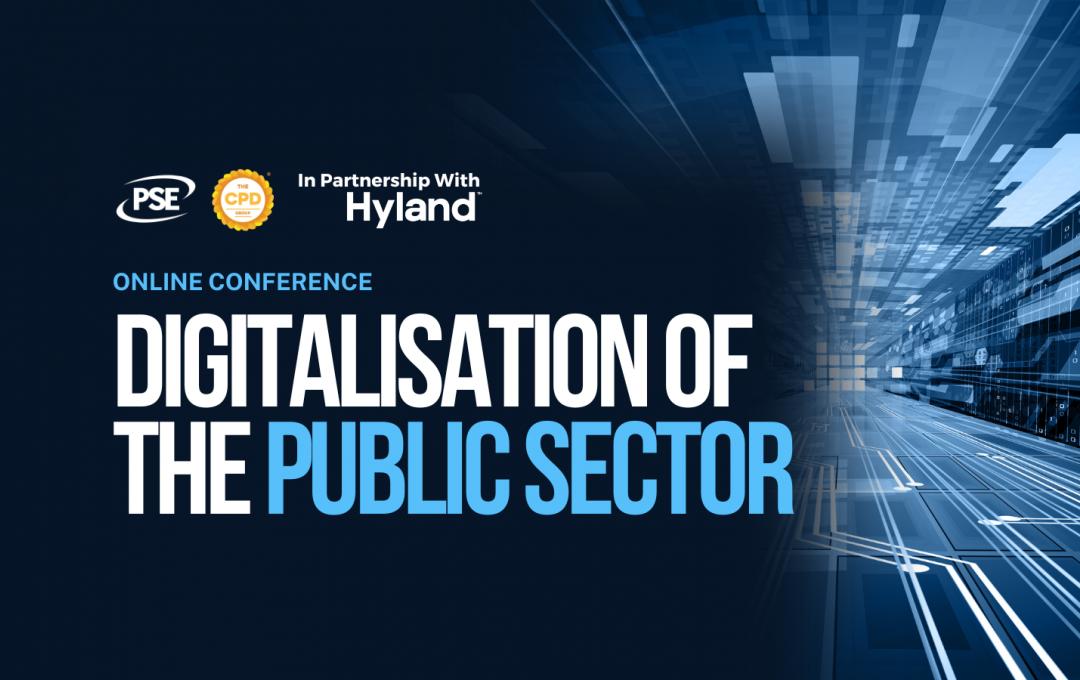As innovation marches on, the pace of digital change in the public sector has quickened. According to McKinsey, central government and public sector agencies around the world – including the UK – are getting ‘future ready’, revolutionising their operations to make them more transparent, efficient, and responsive to the needs of their citizens.
The public is already benefiting hugely from the digitisation of services in policing, healthcare, social services, education and more, but the teams running these various government bodies are also seeing value. Improved communication, cloud-based storage, and more accurate and up-to-date record-keeping are just some of the quality-of-life improvements that public sector workers are experiencing across the board. Since the pandemic in 2020, which served as a catalyst for digital acceleration, the number of digital public services available has almost tripled. Yet, despite this, less than a quarter of those digital services are integrated across various agency silos and this is a problem.
The lack of interoperability is threatening to impede much of the progress being made when it comes to digital transformation. ‘Interoperability’ is the ability for different digital systems to work together, facilitating seamless information exchange. In the context of government bodies, this means that different departments and agencies can share and collaborate on information, breaking down bureaucratic silos and increasing overall efficiency. Yet, many digital systems in use today are not designed to interact with each other, leading to a host of inefficiencies and hidden costs.
In our recent ‘Freedom to Focus: Tackling Public Sector Digital Transformation’ report, we found that 42% of public sector employees thought that the need to use too many different IT systems was slowing productivity. Almost two-third (58%) claimed that there was too much bureaucracy and “process overload”, and a quarter (26%) claimed that time-consuming security processes and protocols were distracting them from getting the job done. This is the drag effect caused by a lack of interoperability. Instead of various services talking to each other seamlessly, employees are having to jump through additional hoops to ensure that information is shared in a secure and timely manner.
The cost of non-interoperable systems
Rolling out new technologies can be hugely beneficial, but a lack of interoperability can lead to unforeseen problems and hidden costs. For instance, if one system doesn’t talk to another, it can lead to departments repeating data entry and information processing time and time again to ensure records are up to date. This is also inconvenient for citizens, who might have to fill out multiple online forms or give their information over at various touch points because the agencies and departments they are interacting with aren’t automatically sharing or synchronising their information. This not only costs government bodies time and resources, but dramatically increases the risk of human error, which is something that technology is expected to fix, not exacerbate.
The strain put on resources due to a lack of interoperability can also spiral. The public sector frequently needs to invest in additional software or hardware to bridge the gap, diverting funds that could be used for other pressing needs. The maintenance of multiple, non-interoperable systems also means spending more on IT support and staff training, and on it goes. The result is a revolving door of cost as government bodies scramble to keep their various systems secure, up-to-date and synchronised.
The barriers to joined-up working
Why, then, is interoperability not a given in the public sector's digital transformation strategy? Several barriers stand in the way. First and foremost, budget constraints often limit the ability to invest in interoperable systems. Additionally, inadequate guidance and a lack of necessary digital skills can hamper efforts to implement and manage interoperable systems.
There is also the issue of legacy systems. These outdated technologies, which are often deeply embedded in government operations, are typically not designed for interoperability. Transitioning away from these systems can be challenging and costly, and many departments are reluctant to make the switch.
Yet, despite these challenges, the risks of not moving are too high to ignore. Sticking to the status quo means continuing to incur the mounting hidden costs of non-interoperable systems, throwing good money after bad. It may also mean missing out on some of the greatest benefits that digital transformation can deliver, such as improved service delivery, increased transparency, and enhanced public trust.
Moving toward interoperability
So, what does a future with interoperable systems look like? It's a future where government bodies can easily share and collaborate on information, making them more efficient and effective. It's a future where the public sector can better serve the needs of the public, responding more quickly and accurately to their needs. And it's a future where the hidden costs of non-interoperability are a thing of the past.
To achieve this, we need to overcome the legal, budgetary, and technical constraints that stand in the way. This will require a collective effort, involving policymakers, central government, local authorities and councils, and the countless agencies that operate under the umbrella of government.
The first step towards more joined-up working is looking at the fundamentals. Email is a universal platform that all government agencies use. However, the most widely used email clients in the public sector lack the security functionality to share sensitive data, compounding the issues around alternative non-interoperable solutions that employees choose to use to communicate with each other. By enhancing the principle systems, we can introduce advanced encryption, recall and expiration controls, large file transfer, error prevention, data logging and an overall improved user experience.
As we continue to navigate the digital age, the issue of interoperability in the public sector must be given the attention it deserves. It's not just about improving efficiency and reducing costs – it's about creating a government that is responsive, secure and ready to serve the needs of the public with as little friction as possible.
Photo credit: iStock


















